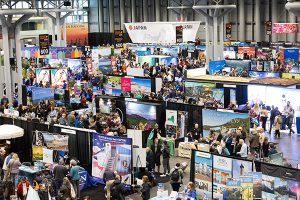Stress Resistance Pathways and Natural Variation in Human Longevity – Fight Aging!

Cells have evolved a variety of ways to compensate for stress-inducing circumstance, such as heat, cold, low nutrient availability, mutational damage caused by toxins, and so forth. Perhaps the most studied of these mechanisms is autophagy, which recycles damaged cell components into raw materials. A cell structure is flagged, then engulfed by a membrane called an autophagosome, which is then transported to a lysosome, where it deposits its contents to be broken down by enzymes. It is clear from many lines of research that increased autophagy slows the progression of aging, most likely by removing more of the molecular damage that contributes to dysfunction.
Autophagy is far from the only stress resistance mechanism that operates in cells. Others focused on recycling of damaged proteins such as the ubiquitin-proteasome system and unfolded protein response are also influential on the pace of aging. So in humans, can one trace variants in gene sequence and gene expression to correlate performance of these stress resistance systems with longevity? That is the topic of today’s open access paper, in which the researchers compare associations with stress resistance system performance and longevity in human data.
Stress resistance is highly associated with longer and healthier lifespans in various model organisms, including nematodes, fruit flies, and mice. However, we lack a complete understanding of stress resistance in humans; therefore, we investigated how stress resistance and longevity are interlinked in humans. Using more than 180 databases, we identified 541 human genes associated with stress resistance. The curated gene set is highly enriched with genes involved in the cellular response to stress. The Reactome analysis identified 398 biological pathways, narrowed down to 172 pathways using a medium threshold. We further summarized these pathways into 14 pathway categories, e.g., cellular response to stimuli/stress, DNA repair, gene expression, and immune system.
There were overlapping categories between stress resistance and longevity, including gene expression, signal transduction, immune system, and cellular responses to stimuli/stress. The categories include the PIP3–AKT–FOXO and mTOR pathways, known to specify lifespans in the model systems. They also include the accelerated aging syndrome genes (WRN and HGPS/LMNA), while the genes were also involved in non-overlapped categories. Notably, nuclear pore proteins are enriched among the stress-resistance pathways and overlap with diverse metabolic pathways.
This study fills the knowledge gap in humans, suggesting that stress resistance is closely linked to longevity pathways but not entirely identical. While most longevity categories intersect with stress-resistance categories, some do not, particularly those related to cell proliferation and beta-cell development. We also note inconsistencies in pathway terminologies with aging hallmarks reported previously, and propose them to be more unified and integral.








